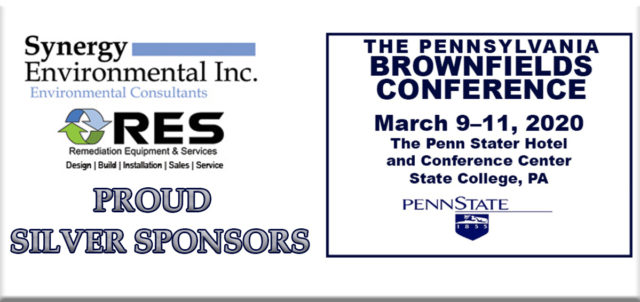Greenberg Traurig LLP
Steven Barringer and Katie P. Reed
March 3, 2020
On Feb. 20, 2020, roughly one year after announcing its comprehensive per- and polyfluoroalkyl substances (PFAS) action plan, the Environmental Protection Agency (EPA) issued a preliminary regulatory determination under the Safe Drinking Water Act (SDWA) for the two most-studied of the chemicals, perfluorooctane sulfonate (PFOS) and perfluorooctanoic acid (PFOA). This is the initial step in the process of promulgating a National Primary Drinking Water Regulation and imposing an enforceable “maximum contaminant level” (MCL) for the substances – just two of the more than 7,000 so-called “forever chemicals” that are under intense scrutiny from lawmakers and the public. EPA set nonbinding health advisories of 70 parts per trillion for the two chemicals in 2016, and issued interim recommendations for cleanup of ground water contaminated with PFOA and PFOS in December 2019, but Congress and states continue to pressure EPA to develop enforceable drinking water standards for PFOS and PFOA. Meanwhile, states with impacted drinking water supplies are not waiting for EPA; a number have promulgated their own standards, including Vermont and New Jersey, both of which adopted levels much lower than EPA’s recommendations.











